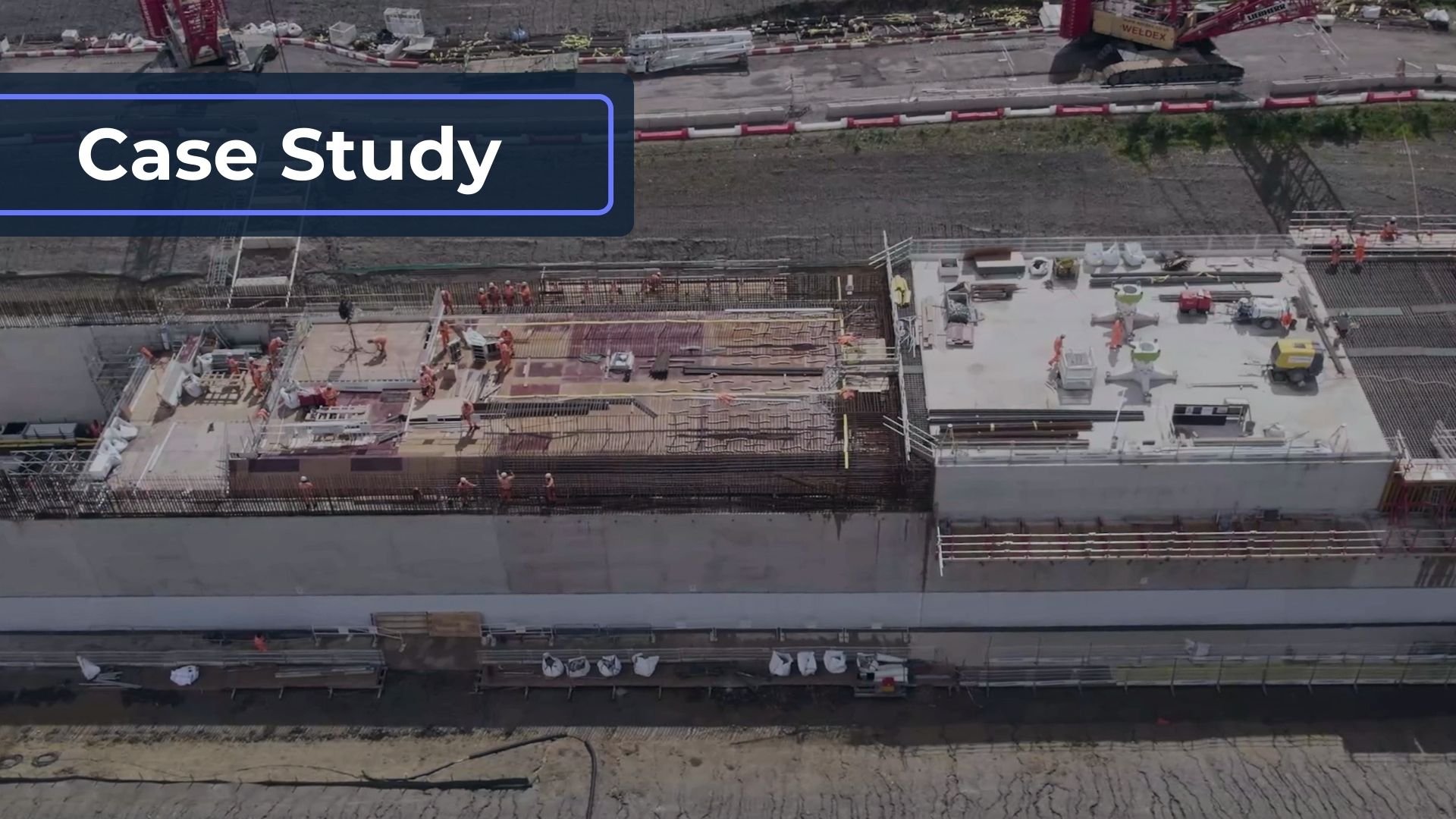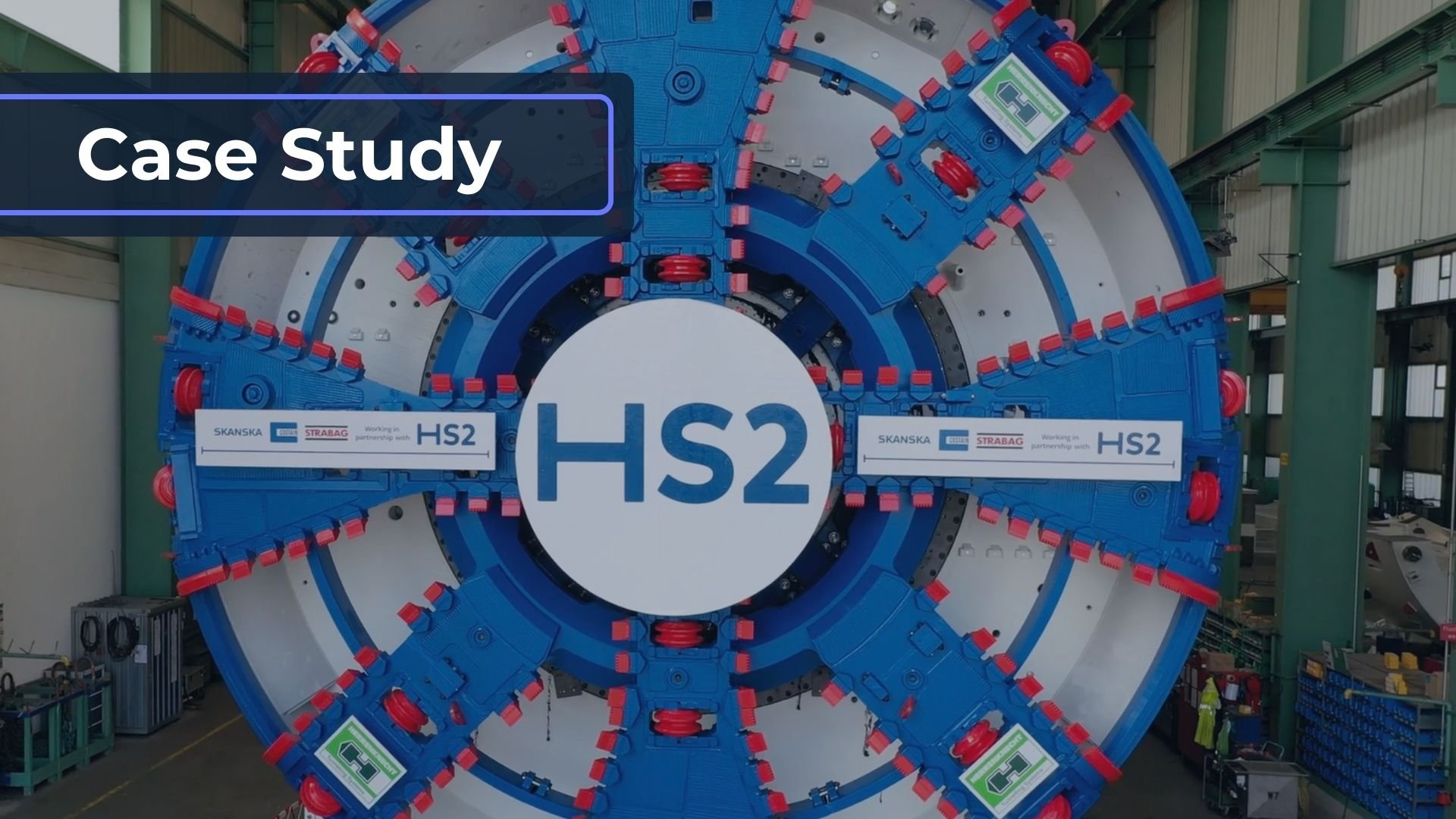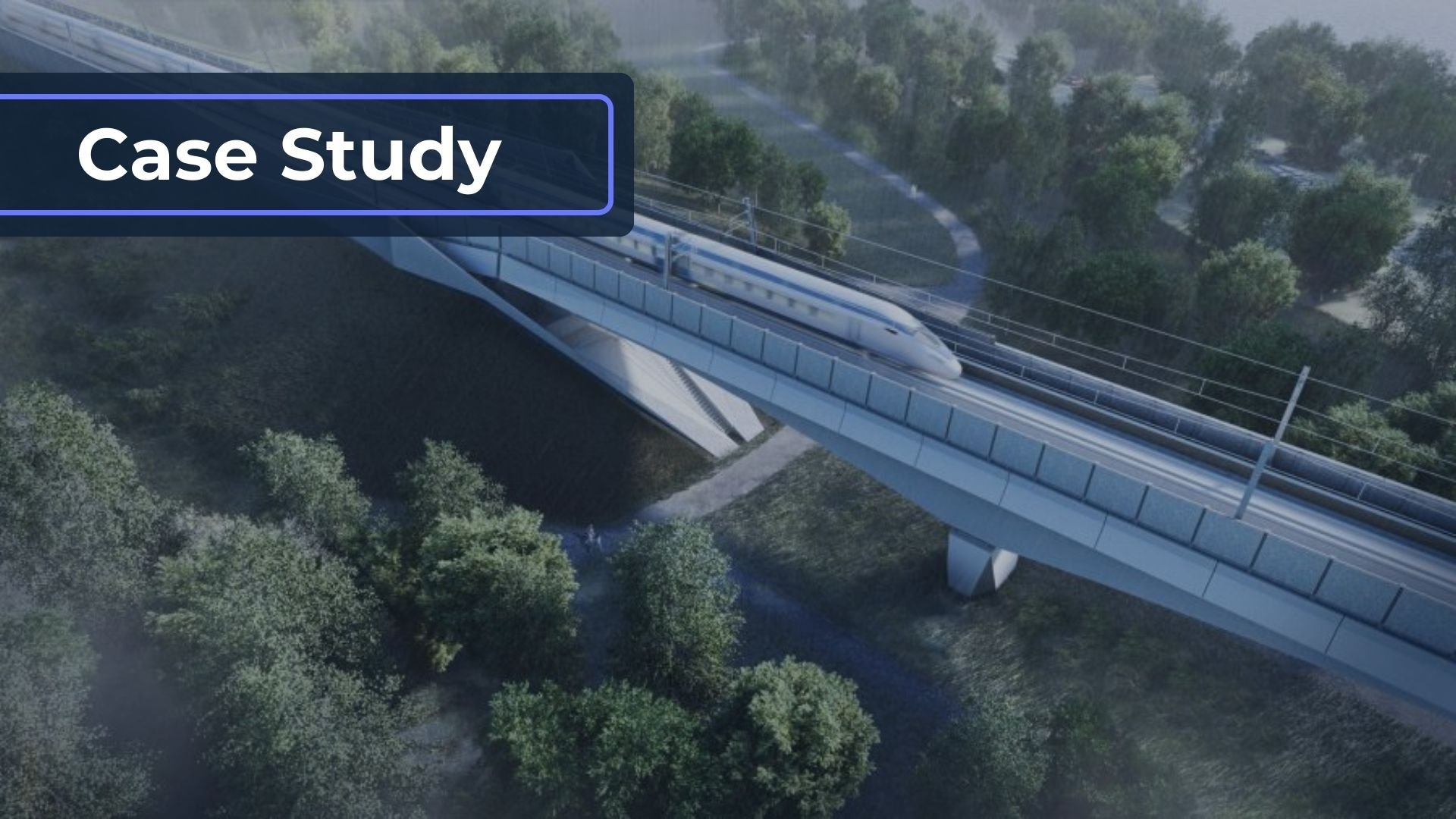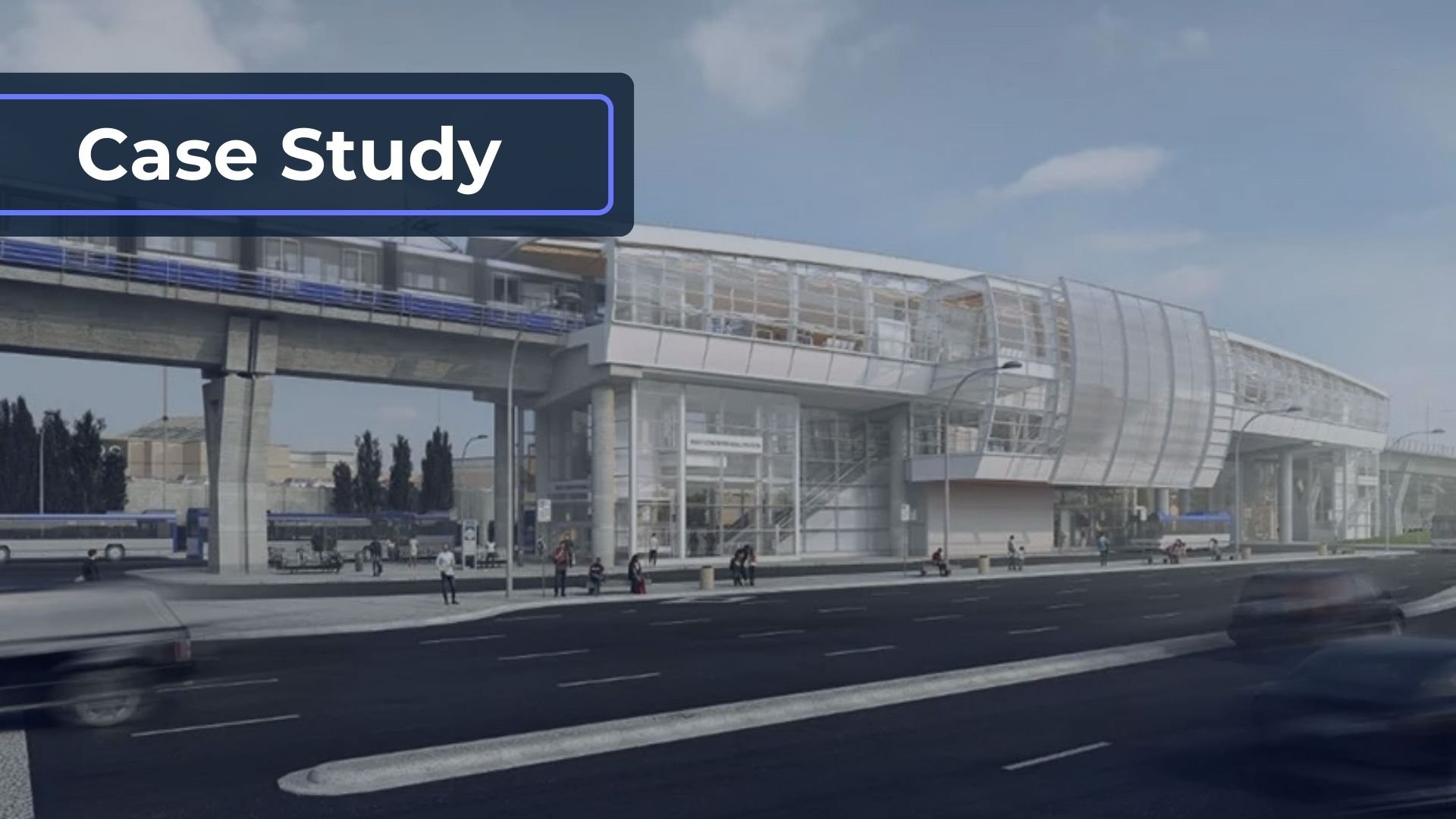
FOR CONSTRUCTION OWNERS AND CONTRACTORS
Construction optioneering for infrastructure projects
Whether you are working on a construction highway project, a tunnel, subway or a railway project, use ALICE to reduce your risks and cut project duration and costs.
Your secret weapon for complex, high-value infrastructure construction projects.
Your projects will deliver value sooner thanks to ALICE.
SIMULATE CONSTRAINTS
Solve your project's most complex constraints
Through construction optioneering, simulate your most elaborate infrastructure project challenges and restrictions to ensure that all parameters are accounted for in your plan and quickly incorporate changes in your estimates. You’ll be confident that you’ve modeled for all contingencies.
OPTIMAL RESOURCE PLANNING
Optimize key project resources
Use ALICE to determine the exact amount of equipment and material you'll need, the size of your crews, and the optimal sequence for the work
EFFICIENT DECISION SUPPORT TOOL
Quantify the impact of your decisions
Model the impact of your choices. For example, what if you close two lanes of highway traffic vs. a single lane during construction? With ALICE, you'll know exactly how this decision would affect your time and costs.
ALICE is purpose-built for capital infrastructure projects
-

Cost and availability of labor, equipment and material; adverse weather conditions – these are some of the many variables that ALICE includes in its calculations as it drives to create the optimal construction schedule for a major bridge.
-

An ideal example of “linear construction," these projects not only include the laying of track, but also the construction of stations along the route. These are complex, multi-faceted projects with plenty of opportunity for optimization in the push for efficient construction--a challenge perfectly suited for ALICE.
Read more: ALICE for Oil + Gas projects →
-

Optimizing the use of tunnel boring machines (TBMs) to maximize efficiency is an excellent example of how ALICE can help contractors building tunnels to make the best use of available resources.
Read more: ALICE for tunnels →
-

ALICE can help general contractors to build variables like the availability of concrete or particular labor crews into its model and balance cost vs. time vs. risk to devise an optimal construction schedule based on business goals.
Read more: ALICE for roadways and highways →





CASE STUDY
How Andrade Gutierrez Overcame Delays on a Critical Infrastructure Project Using ALICE Optimize
Andrade Gutierrez used ALICE Optimize to overcome delays on a critical infrastructure project, saving time and costs while optimizing crew utilization.

"The savings of both time and money that we’ve identified with this initial work on SCS East has been significant, and we’re now looking forward to expanding our use of ALICE to other portions of the project."

Infrastructure construction project scheduling & management software
More from ALICE
SCS JV generates 3+ months float on Green Tunnel with ALICE
The SCS JV (comprising Skanska, Costain, and STRABAG) used ALICE to determine optimal production rates and increase project efficiency.
SCS JV leverages ALICE to drive £2M savings on UK's HS2 project
SCS JV used ALICE to find efficient sequencing options to enable an earlier construction start for a critical access point to the main tunnels.
Align JV optimizes HS2's viaduct construction with ALICE
Align JV used the ALICE construction optioneering platform to test its schedule assumptions and look for improvements.
Parsons leverages ALICE to win project
Parsons used ALICE to develop a competitive construction schedule in its bid to win the work on the 8.7 mi rail extension project in Edmonton, Canada.
GC boosts airport project expansion efficiency with ALICE
A large Japanese GC was working on expanding a major airport in Asia and came to ALICE looking to boost efficiency and profitability.
ALICE for linear projects
Linear projects such as roadways, tunnels, and railways present general contractors with unique construction challenges. See how ALICE helps GCs resolve these issues.
ALICE PRICING
Tell us about your project needs and we’ll follow up with a consultation call to discuss how ALICE can drive results and share tailored pricing →
What type of company do you work for?
What is the size of your project?
What are your top priorities?
Which of the following best describes your business model?
What are your top priorities?
What is the construction value of your average project?
We need a bit more information to prepare your custom quote
Almost done! How should we reach out to you?
Tell us more about yourself.
Thanks!
We’ll review the information you submitted and be in touch shortly. In the meantime, check out some of these links if you want to learn more about us.
Optimize every construction phase with ALICE
ALICE gives you new planning and construction super powers.
Construction Simulation
Explore numerous ways to build your project.
Optimization Presets
Fine-tune an ALICE simulation based on your project goals.
Analytics and Reporting
Track and analyze the information that matters most to your team.
Schedule Insights Agent
"Chat" with your schedule to get insights & recommendations.
DCMA 14-Point Check
ALICE automatically checks and surfaces schedule quality issues.
Resource Management
Automate resource leveling and optimization with ALICE.
Risk Management
De-risk your project by modeling constraints and scenarios with AI.
Construction Sequencing
Solve complex constraints & intelligently sequence activities.
Resources that help you evaluate the best
infrastructure construction software
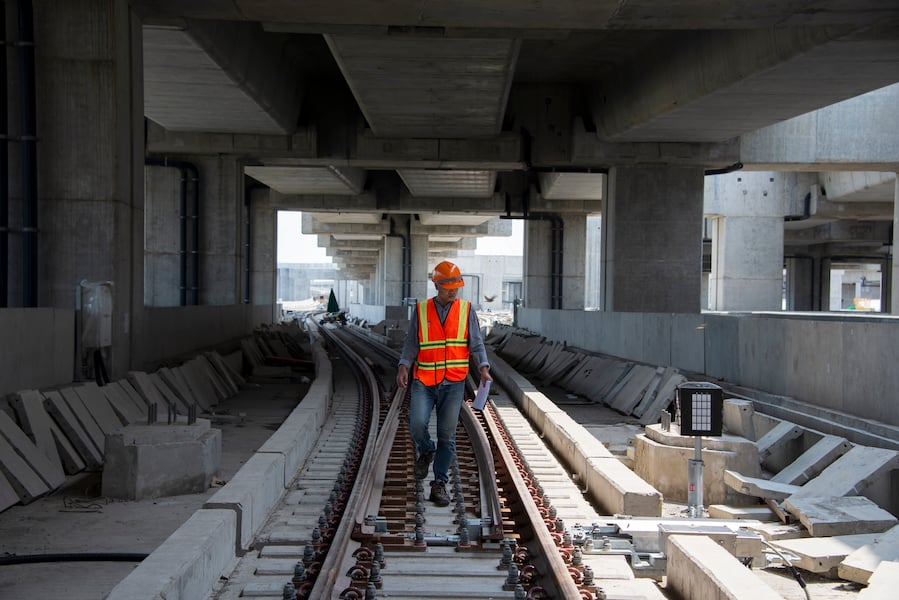
How to Minimize and Control Infrastructure Construction Costs
Infrastructure construction projects are always costly endeavors. So how do you go about controlling costs on these large, complex projects?

Managing Cost Overruns in Infrastructure Construction: a how-to
Cost overruns for major infrastructure projects do not have to be the norm. There are ways to manage cost overruns and reduce or even eliminate them.

Outbidding Competitors on Government Infrastructure
Learn how contractors can leverage AI-driven tools to outbid competitors on government infrastructure projects by optimizing resources, managing risks, and delivering efficient, timely proposals.
Infrastructure construction scheduling software
Frequently asked questions
-
ALICE construction software can be used for a wide range of civil, heavy civil and infrastructure construction projects, including highways, expressways, railways, metro lines, subways, bridges, tunnels, and large-scale public works. It’s particularly beneficial for complex capital construction projects that require meticulous scheduling and resource optimization.
-
Using infrastructure project management software like ALICE ensures that your projects are optimized for efficiency, helping you mitigate risks, reduce delays, and control costs by leveraging AI to optimize complex schedules and resources effectively.
ALICE’s industrial project solution ensures you are delivering value quickly, by determining the most time- and cost-effective use of resources, mitigating risks, and ensuring timely project completion.
-
Asset owners such as governments, contractors, construction managers and consultants involved in planning, scheduling, and executing large-scale infrastructure construction projects should use construction software like ALICE to streamline operations, improve coordination, and enhance overall project performance.
-
ALICE construction software helps manage infrastructure projects by automating the optimization of project schedules, sequences, and resources, reducing human error, and enabling you to explore multiple scenarios to make informed decisions that enhance project outcomes.
